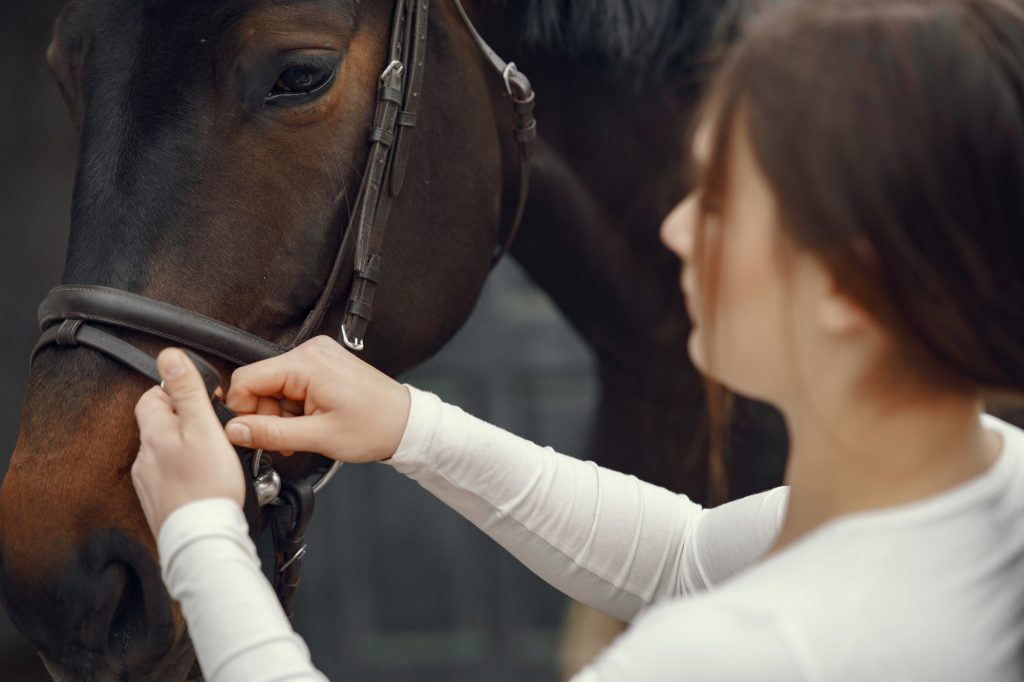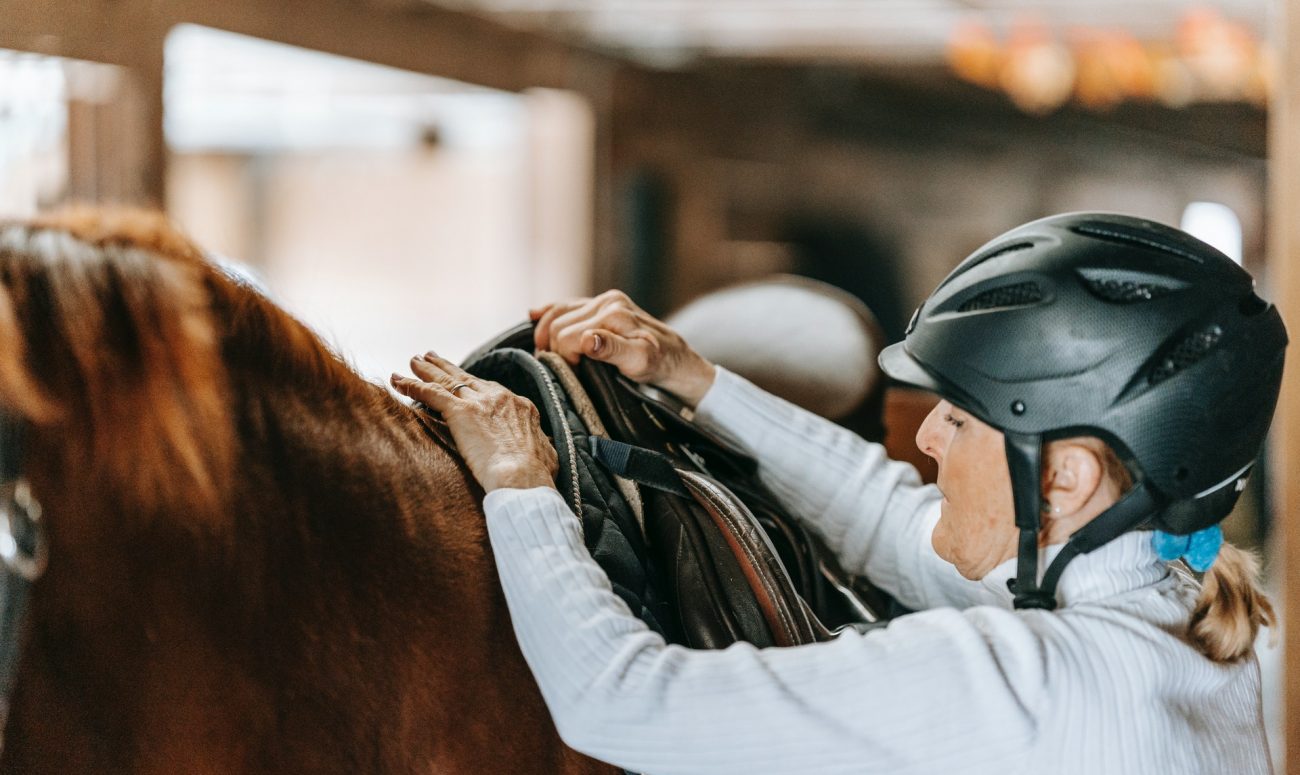Saddling a horse requires some practice. The whole process consists of a few steps and starts with cleaning the animal. Read on to find out what the next steps are.
Putting a saddle on a horse
Putting a saddle on a horse requires practice. Before you begin saddling the horse, clean it thoroughly and put on a saddle pad or a blanket. The stirrup irons should be pushed up or placed over the saddle while you place it on the horse. While saddling your horse, place the saddle over the horse’s shoulder. If the saddle is too forward, it will restrict the animal’s shoulder movement. If your horse has a Western saddle with cinches, first tighten the front cinch first and then the rear cinch. If the horse has a breast collar, attach it to the saddle’s cinch or front D-rings.
When mounting a horse, the cinch should lay flat against the horse’s belly. Make sure the cinch is tight enough to hold the saddle and prevent it from slipping. Always be sure to check the cinch again before mounting the horse. If your horse is used to being mounted from the left side, you can start training it to use both sides. When placing the saddle, always be sure that the girth is tight enough. Otherwise, your horse might bloat or become uncomfortable. If you have any doubts, ask someone for help.
Checking the tightness of the cinch

Before mounting a horse, you should cinch the saddle. It is advisable to ask the horse to walk a few steps forward to make sure that the skin under the cinch is not wrinkled. Stretch the horse’s front legs to relieve any tension.
A proper cinch is made of high-quality materials. Replace any worn or damaged ones if necessary. A bad fit can make your horse uncomfortable, irritable and may even result in ugly sores. If the cinch fits properly, it should sit above the horse’s elbow, at the heart girth, which is the narrowest part of the horse’s rib cage. It should also be snug enough to accommodate two fingers – you can check the girth by slipping your fingers underneath it. If the cinch is too loose, it will not hold the saddle in place.
Tying a Texas T knot
The latigo is a piece of leather that allows the rider to adjust the cinch of the western saddle. In the east, the latigo is not used. However, it is not uncommon in the south, where the latigo is made of leather or nylon. The latigo is a great accessory and can make tying a Texas T knot to saddle a horse easier.
The first step is to attach the cinch strap to the saddle ring. Put the strap through the ring and then insert the tail. Then, you’ll have a little triangular pocket. This will secure the cinch and prevent it from unfastening. This method is similar to tying a necktie. However, it is a bit more secure.
Putting a bridle on a horse

Before you try to put a bridle on a horse, first get rid of the halter. Then, grab the reins with your right hand. Place the split reins on the horse’s neck so that they won’t get in the way of putting on a bridle. The first step when you learn how to put a bridle on a horse is to check the animal’s mouth for any problems. A horse’s mouth is a complex structure that requires a little bit of maintenance. In fact, your horse’s teeth can become worn down and shaped into jagged edges if they are not rasped regularly.
Using your left hand, grasp the crown of the bridle and bend the right ear forward slightly. Gently slide the bridle over the horse’s right ear. Make sure that the bridle doesn’t snag on the horse’s ears or cause discomfort. You can also reward your horse with treats or other methods that will make him behave better in the future. Make sure that the bridle is secure but loose enough to let the horse flex his neck and jaw.
The next step is to insert the bit into the horse’s mouth. The bit has a slight curve that will fit between the horse’s lips. It should not bump the horse’s teeth. It should also fit over its tongue without being too tight. Again, the bridle should be loose enough to allow the horse’s jaw and neck to move freely.
Before you put a bridle on a tack-wearing horse, be sure to know the parts of the bridle. Bits are the most important part of the bridle, as they allow the rider to communicate with the animal. You should try to use the simplest bridle and bit when you’re training your horse. Change a bridle only if you’re getting better control over a horse.
